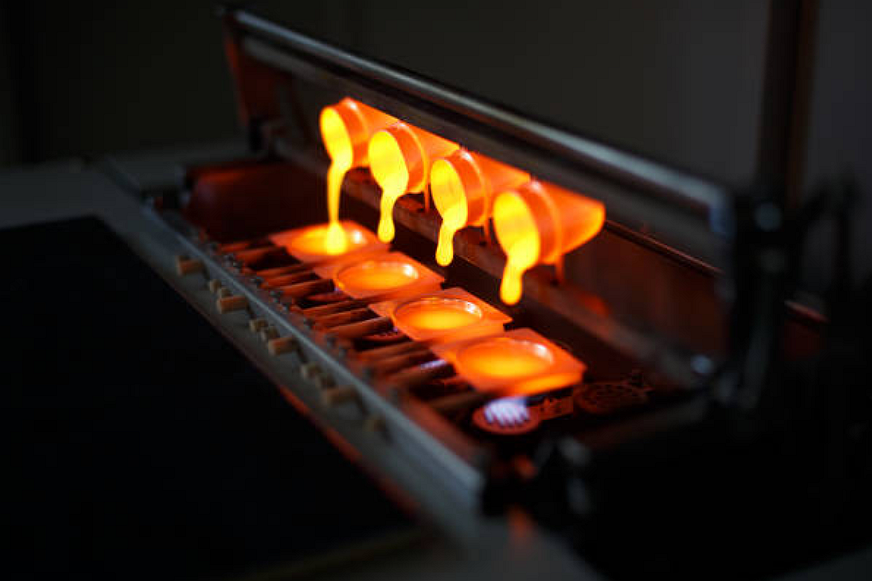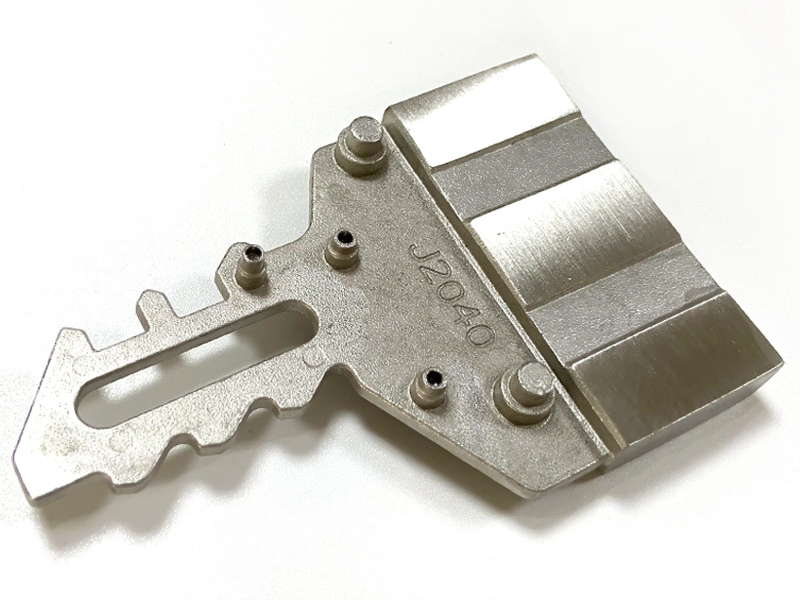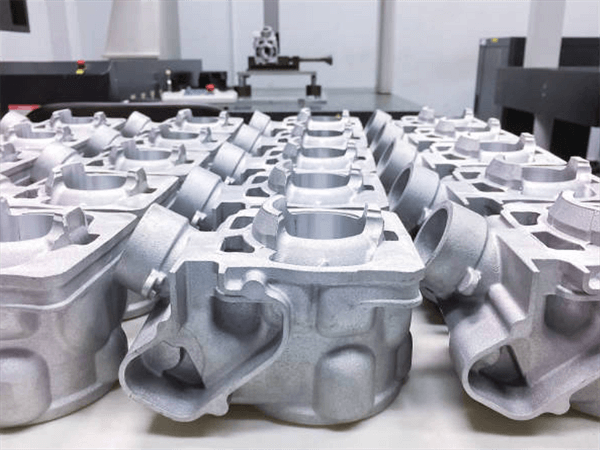How does gravity casting reduce manufacturing costs?
Process Efficiency and Tooling Simplicity
From an engineering perspective, gravity casting stands out as one of the most economical methods for producing metal parts in small to medium volumes. Unlike high-pressure die casting, which demands expensive steel molds and complex injection systems, gravity casting uses simpler tooling and relies solely on the force of gravity to fill molds. This simplicity reduces both equipment investment and maintenance costs, enabling cost-effective part production without compromising dimensional accuracy.
Lower Mold Investment and Extended Lifespan
The cost advantage begins with mold design. Gravity casting molds are typically made from steel or graphite and have a much longer life than sand molds used in sand casting. They can produce hundreds or even thousands of parts before needing replacement. Additionally, adjustments or minor repairs can be made quickly, thereby reducing downtime. Manufacturers producing specialized alloys, such as cast aluminum, zinc alloy, or magnesium alloy, benefit from this longer mold usability and fewer setup iterations.
Reduced Scrap and Improved Yield
Another major contributor to cost reduction is material efficiency. Because the molten metal flows naturally under gravity, turbulence and air entrapment are minimal. This reduces casting defects such as porosity or inclusions that typically lead to rework or scrap. Alloys like nickel-based alloy and copper alloy retain their mechanical integrity with fewer quality losses, resulting in a higher overall yield rate and lower material waste.
Post-Processing Optimization
Gravity-cast parts often require less machining due to smoother internal surfaces and better dimensional stability. Secondary finishing processes, such as CNC machining and prototyping, can be focused on critical tolerance zones instead of complete remachining. This targeted approach saves time and labor. Furthermore, surface finishing operations such as anodizing or sandblasting enhance product appearance and corrosion resistance with minimal extra cost, ensuring a professional-grade finish while preserving efficiency.
Material Flexibility and Cost Control
Engineers can choose from an extensive range of materials based on cost-performance balance. Common alloys, such as A356 aluminum, B390 aluminum, and Zamak 3 zinc alloy, combine castability with low raw material costs. The ability to work with these alloys, while maintaining high mechanical properties, helps reduce both production and lifecycle costs.
Integration with Complementary Manufacturing Processes
Gravity casting integrates efficiently with processes like sheet metal fabrication and prototyping. For instance, engineers can use rapid molding prototyping to create mold samples, test fit and function, and avoid costly redesigns. Combining gravity casting with complementary methods ensures flexibility while keeping tooling and material expenses within budget.
Serving Multiple Industries Cost-Effectively
This process benefits industries with specialized needs and controlled budgets, including automotive, energy, and power tool manufacturers. Gravity casting’s ability to balance durability, precision, and affordability makes it an excellent solution for both small-scale and production-level projects.



